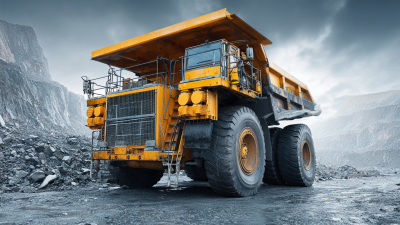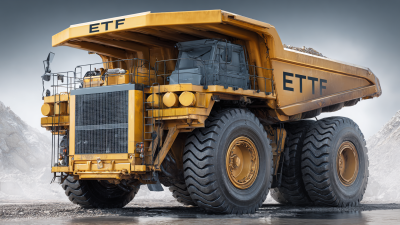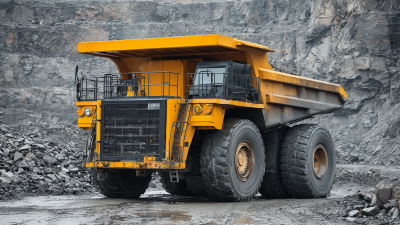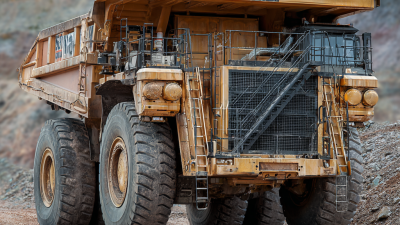When it comes to optimizing mining operations, selecting the right equipment can significantly impact efficiency and productivity. One of the most crucial choices is the selection of a Big Mining Dump Truck, which plays a pivotal role in transporting large volumes of materials across rugged terrains. According to a recent report by Off-Highway Research, the demand for large-capacity mining trucks is projected to grow by 5% annually through 2025, driven by increasing mining activities and the need for enhanced operational productivity. Additionally, a study by Global Mining Review highlights that the right dump truck can improve fuel efficiency and reduce operational downtime, ultimately leading to substantial cost savings. Therefore, understanding the critical factors in choosing a Big Mining Dump Truck is essential for mining companies aiming to optimize their operations and achieve a competitive edge in the industry.
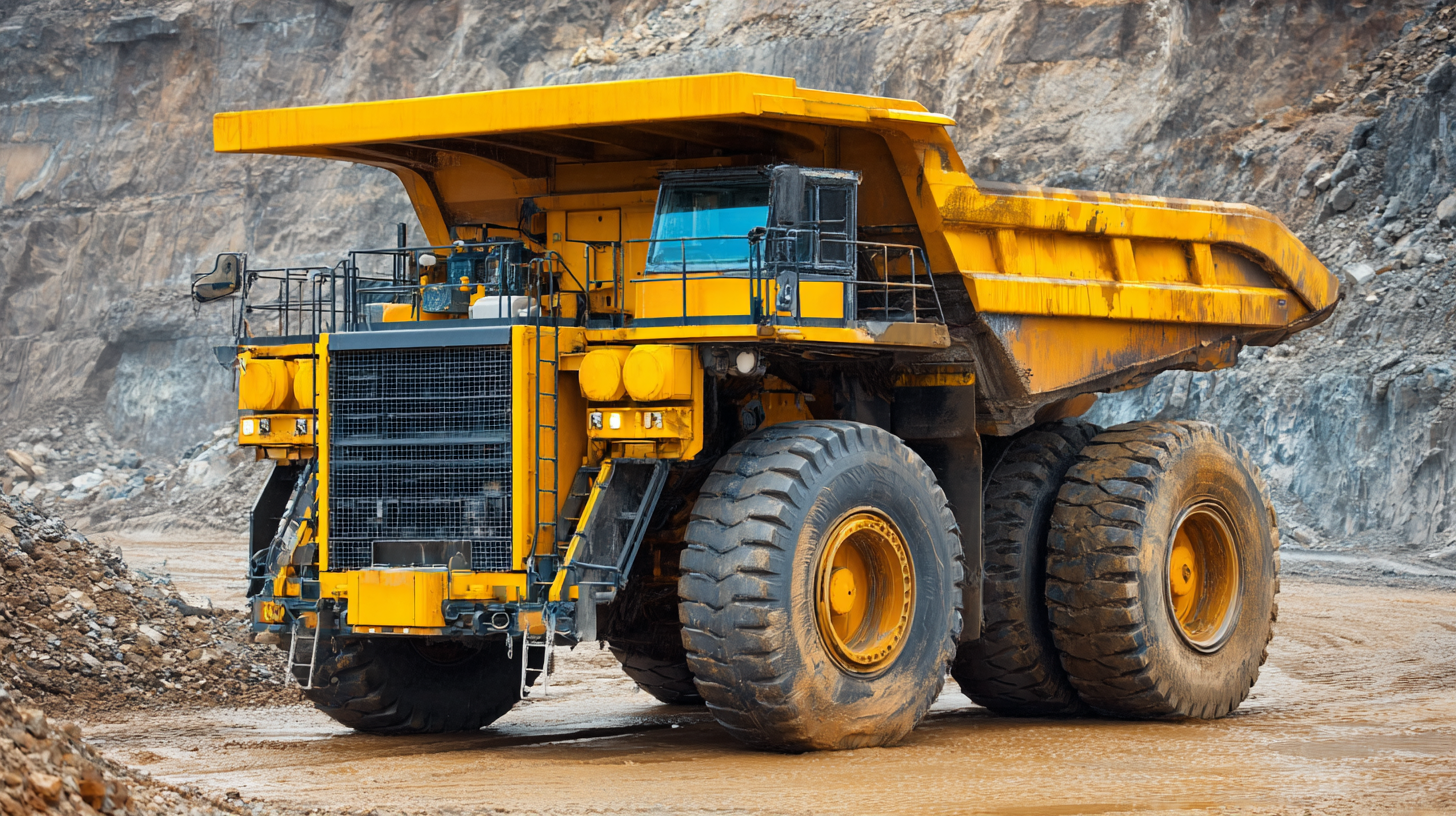
When selecting the right big mining dump truck for your operations, understanding the key specifications is imperative to ensure efficiency and productivity. One crucial specification is the truck's payload capacity, which typically ranges from 60 to 400 tons, depending on the model. For instance, the Caterpillar 797F can carry up to 400 tons, making it one of the largest in its class. Such high capacity is vital for large-scale mining operations where minimizing the number of trips can significantly reduce operational costs.
Another essential factor to consider is the truck's engine power, often measured in horsepower (HP). For example, the Komatsu 980E-4 offers over 4,000 HP, enabling it to handle larger loads more efficiently. This power is crucial not only for hauling heavy materials but also for navigating challenging terrains common in mining sites. According to a report by Grand View Research, the global mining dump truck market is expected to reach USD 10.72 billion by 2025, driven by the demand for high-capacity models that can withstand harsh working environments while maximizing productivity. The right balance of payload capacity and engine power tailored to your specific mining operations can result in significant long-term cost savings and improved performance.
| Specification | Description | Example Value |
|---|---|---|
| Payload Capacity | Maximum weight the truck can carry | 100 tons |
| Engine Power | Power of the engine, affecting performance | 600 HP |
| Load Body Volume | Capacity of load body | 35 m³ |
| Overall Weight | Total weight of the truck | 150 tons |
| Fuel Type | Type of fuel used | Diesel |
| Turning Radius | Minimum radius required to turn | 7 m |
| Tire Size | Size of the tires for stability and load-carrying | 37.00R57 |
| Braking System | Type of braking system for safety | Hydraulic Disc Brakes |
When choosing the right big mining dump truck for your operations, evaluating load capacity and weight distribution is crucial for achieving optimal efficiency. According to a report by the International Council on Mining and Metals, a truck’s load capacity typically ranges from 40 to 400 tons, significantly impacting the overall productivity of mining operations. Selecting a truck with an adequate load capacity ensures that it can carry the required materials in fewer trips, thereby reducing operational costs and time.
In addition to load capacity, weight distribution plays a key role in the truck's performance. Studies indicate that uneven weight distribution can lead to wear and tear on the vehicle and increase fuel consumption by as much as 25%. For instance, the AEM (Association of Equipment Manufacturers) recommends trucks with advanced load distribution management systems that optimize weight across axles to enhance fuel efficiency while maintaining safety in challenging terrains. Properly aligned weight distribution not only maximizes payload but also minimizes operational issues, making it an essential consideration when selecting a mining dump truck.
When selecting a big mining dump truck, assessing fuel efficiency and operating costs is critical to ensuring effective operations and maximizing profitability. Fuel efficiency directly impacts operational expenses, as trucks that consume less fuel can significantly reduce overall costs over time. It's essential to compare different models and manufacturers, taking into consideration their fuel consumption rates under various load conditions. Many advanced trucks are now designed with improved aerodynamics and engine technology, which can lead to substantial savings.
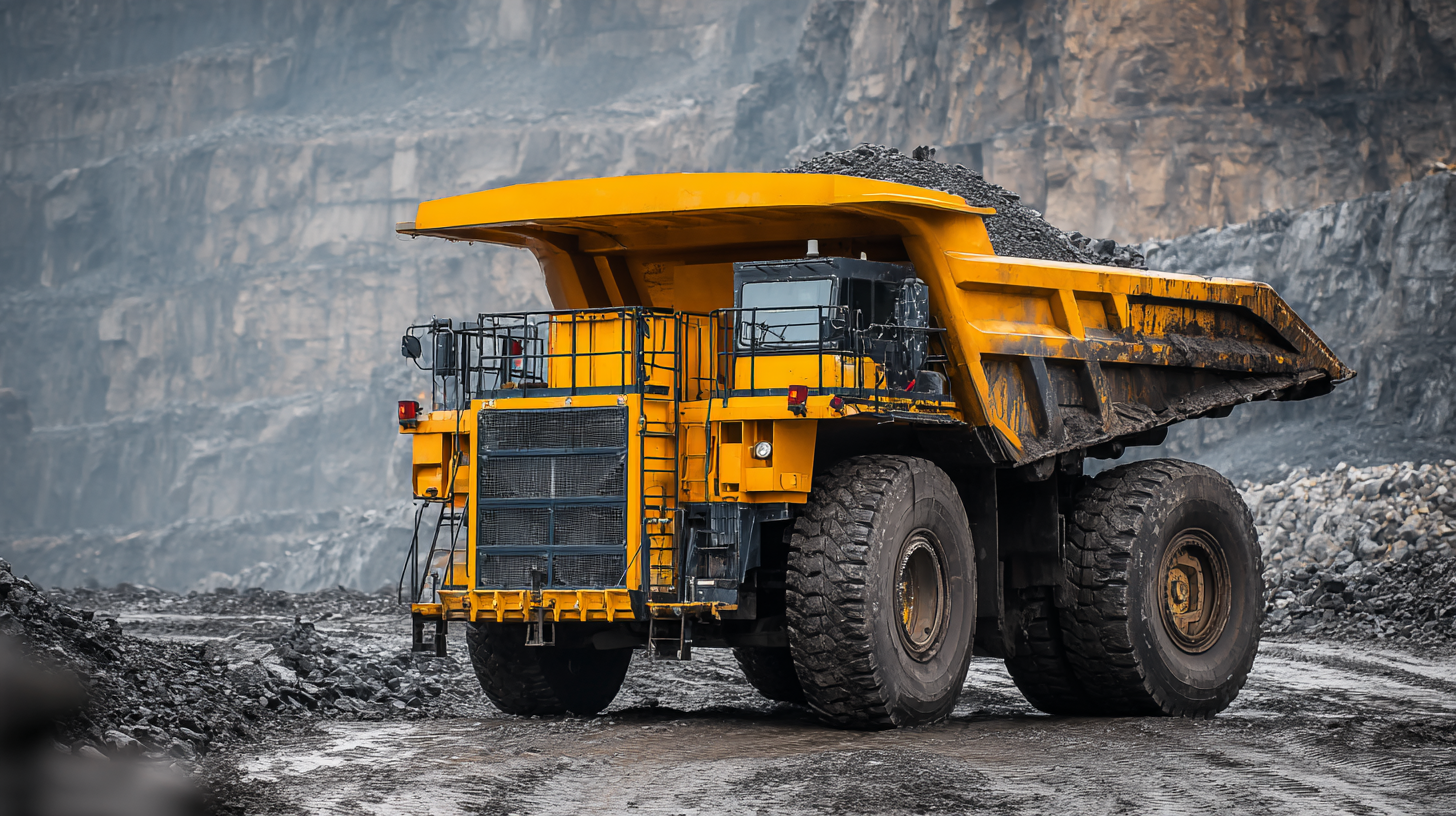
In addition to fuel efficiency, it's also important to evaluate the total operating costs associated with the dump truck. This includes factors such as maintenance expenses, tire costs, and the longevity of vehicle components. Choosing a model with durable parts and a reputation for low maintenance can reduce downtime and unexpected expenses. Additionally, understanding the specific demands of your operations and matching them with the truck's capabilities will ensure an optimal fit, allowing your mining operation to function smoothly and efficiently.
When selecting the appropriate big mining dump truck for your operations, one of the most critical performance features to consider is engine power and speed requirements. The engine power directly affects the truck's ability to operate efficiently under heavy loads, particularly in demanding environments such as mines and construction sites. For instance, a more powerful engine typically provides better acceleration and the capability to haul larger loads, which can significantly enhance productivity.
Additionally, the speed requirements are essential for ensuring that the truck can navigate effectively within the operational site. Different mining operations might necessitate varying speed capacities based on the terrain and the distances involved. It's vital to compare these aspects with the specific needs of your operations to determine if a truck meets the speed thresholds while maintaining power for efficient performance. By analyzing engine specifications alongside speed requirements, operators can make informed decisions that align with their operational goals and achieve maximum output.
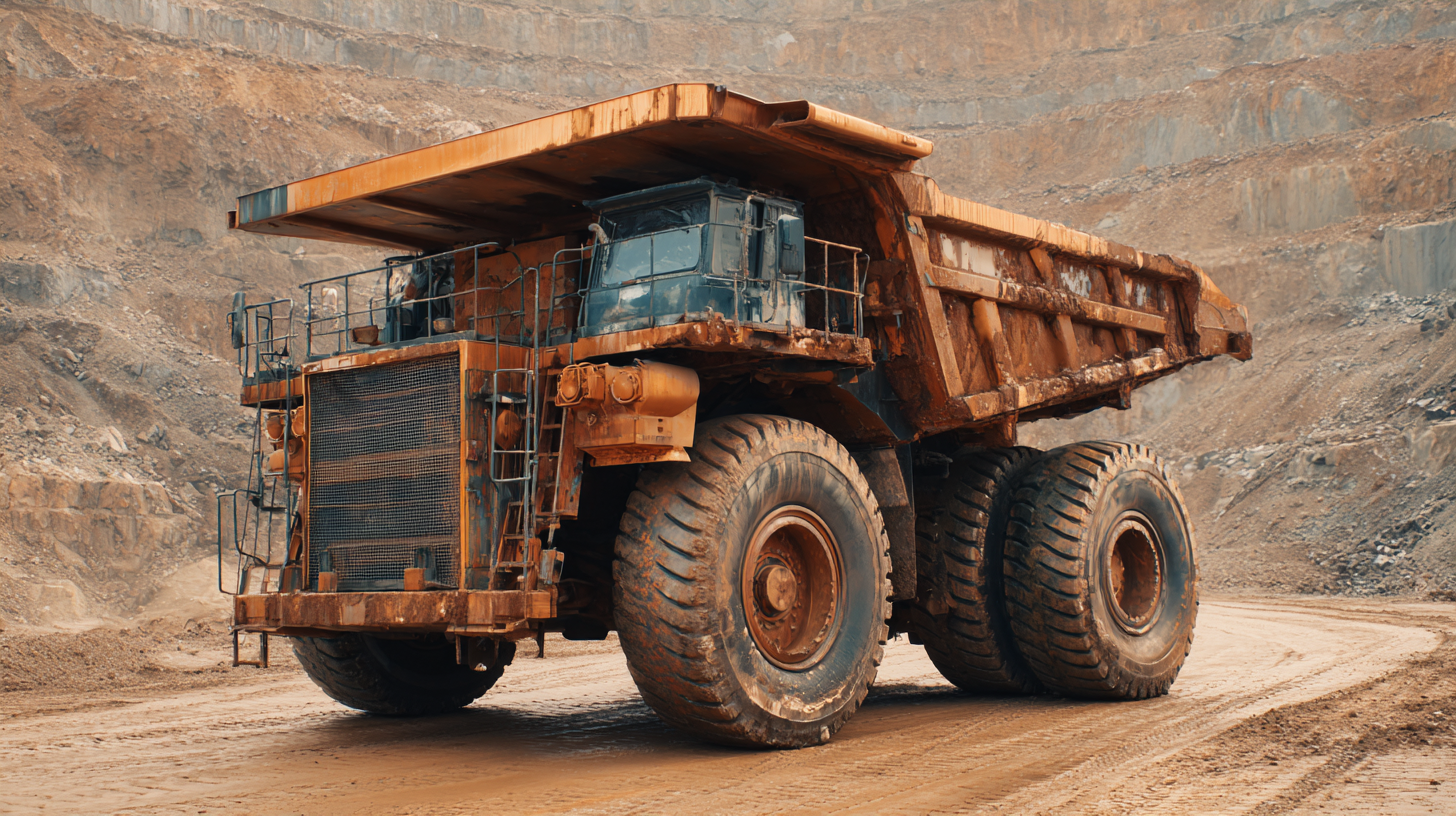
When choosing the right big mining dump truck for your operations, considering maintenance and serviceability is crucial for long-term efficiency. A well-designed truck ensures not only the optimum performance of operations but also minimizes downtime, thereby maximizing productivity. Research indicates that well-maintained machinery can operate at up to 90% efficiency, significantly reducing operational costs over time. Therefore, selecting a dump truck with easy access for maintenance and readily available parts can dramatically enhance your operational fleet's serviceability.
**Tips:** Opt for models that offer modular components; this will simplify repairs and replacements. Additionally, consider manufacturers that provide comprehensive service agreements, which can help manage ongoing maintenance costs effectively.
Moreover, reflecting on successes from other sectors, such as the Nigerian Air Force’s target for 90% aircraft serviceability by Q4 2025, illustrates the importance of serviceability in maintaining operational readiness. By investing in a dump truck that prioritizes these aspects, mining operations can benefit from a more robust and reliable fleet, leading to increased operational capacity and reduced unexpected interruptions.
**Tips:** Regularly schedule maintenance checks and invest in training for operators, as they play a vital role in ensuring the longevity and efficiency of equipment.


